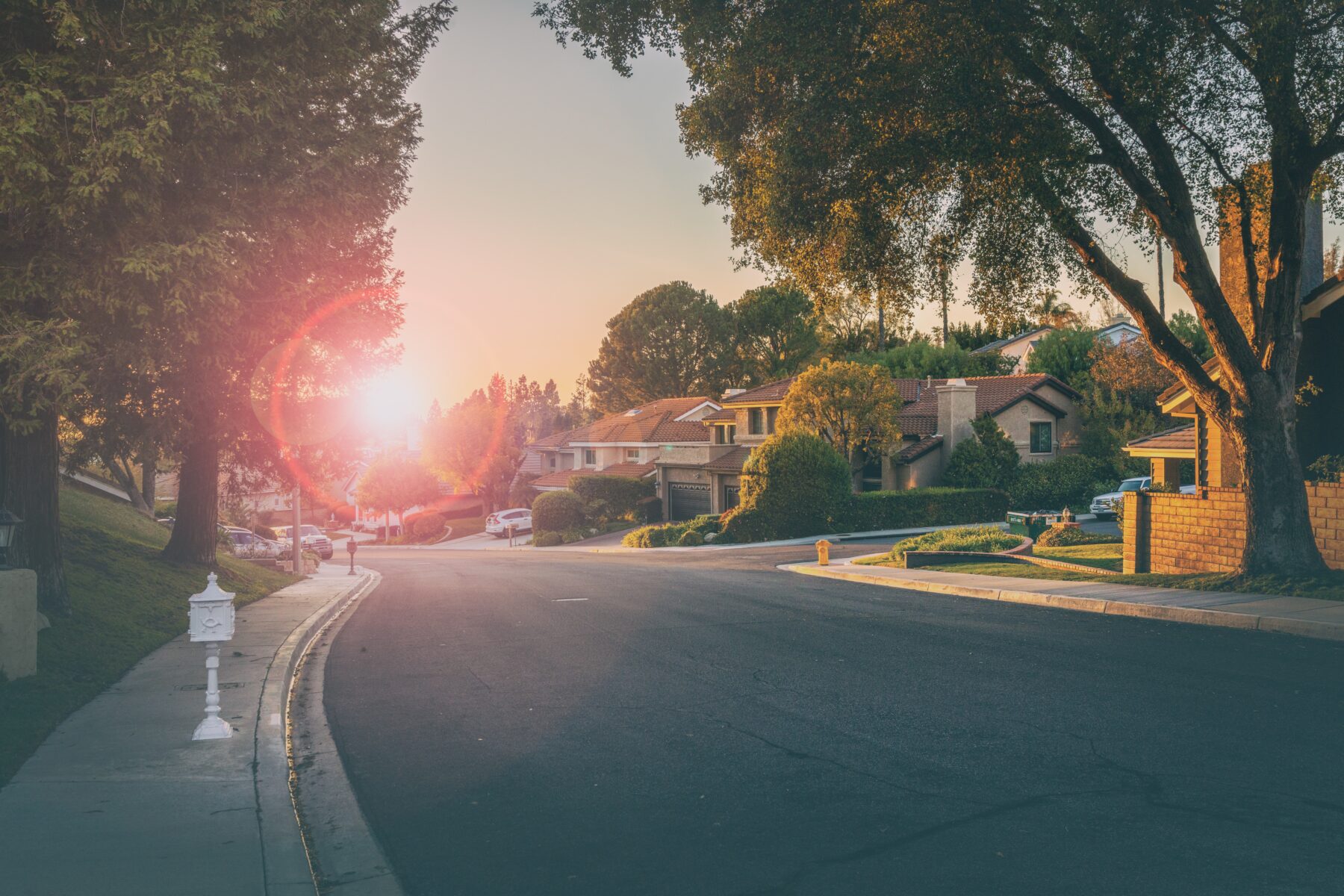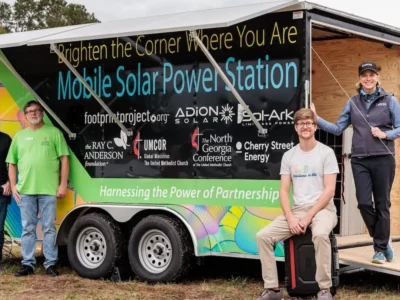It takes only a quick look around to see why so many American families are living in, or flocking to, suburbs and smaller towns across the United States. Since the beginning of the pandemic, reports say some of the country’s biggest cities are those that have had the greatest population loss: San Francisco, New York City, Washington, DC, and Boston.
Where are people fleeing to? Suburbs and exurbs, where the cost of living is significantly lower, families find more amenities for children, and where maybe they’ll gain a bit of coveted backyard space.
But these American suburbs aren’t just gaining new neighbors and reaching new economic growth goals. So many of them are using their locations, funding, and creative residents to focus on the future by working toward cleaner energy options and a more sustainable future. These cities and counties are showing that investing now can save money in the long run, and also do what’s right for their future residents.
Here we highlight just a few of the bright stars leading the way. Is your town doing something creative and effective to combat the changing climate? Let us know so we can highlight them!
Referred to as The Little City, Falls Church, Virginia has accomplished their long time goal of reducing greenhouse gas emissions – and they met this goal early and with a 34 percent growth in population. The city government reports they have achieved this goal by using a cleaner electrical grid and focusing on renewable energy sources. They are trying to hit their new goal of a 50 percent reduction by 2030.
Rockville, Maryland
This suburb outside Washington, DC focuses on cleaning up their town, involving residents, and using public-private partnerships to provide their local government with ways to provide their buildings and public spaces more energy efficiently. While the city has rules for new construction to be sustainable and green, they are also working with their state government to support solar use and other renewable opportunities.
The town of Northfield summarizes itself with the phrase “cows, colleges, and contentment.” But mooo-ve over bovines, because we think the best thing about this town is its ambitious goals to help plan for the long term and take action to reduce their carbon output and work with residents and businesses on environmental stewardship. Their Northfield Climate Action Plan lays out a clear plan to reach their goals, and in their words, “[strengthen] the community’s ability to prepare for and recover from climate events.”
The town of Muenster is thinking outside the box with their installation of wind farms. They had the space, the desire to lower energy costs for the city and for residents, and the will to help become a more resilient and clean community. The wind farms have brought funding for hospitals and schools – a win-win for everyone!
Bloomfield, Iowa
Right in the heart of the Midwest, the Bloomfield municipal staff proposed a goal of energy independence which received positive feedback from the community, and the desire from locals to help reach this goal. The city is making a big impact by working toward only locally produced electricity and while renewables aren’t yet on their list of “must haves,” the city is increasingly using wind and solar to help clean up their grid.
Lexington, Illinois
The Lexington city council sees a direct link between clean energy and better schools, economic opportunity, and “a more resilient future.” This tight knit community engaged with the Council early and worked with Invenergy, a clean energy developer, to work through any concerns the community had. One of their main goals besides a more sustainable and clean future? Accomplish all of that, while leaving the character and personality of the town the same. We think they’re right on track!





 Copyright
2024
Root and Vine
Copyright
2024
Root and Vine